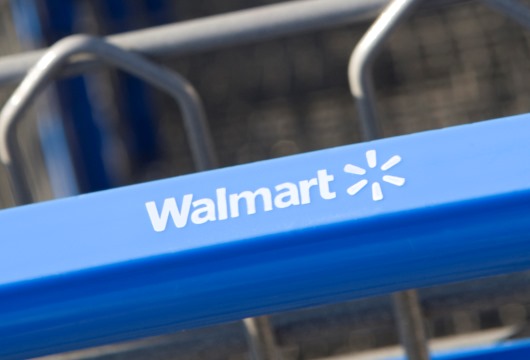Costco Wholesale Corp.’s (NASDAQ: COST) share price has risen at a rate nearly double that of Wal-Mart Stores Inc. (NYSE: WMT) over the past year (27% and 14%, respectively). Its big-box approach to retail has outperformed that of America’s largest retailer. The story of the two has a lesson: being big is bad.
Wal-Mart’s revenue dwarfs Costco’s, which may be part of its problem. In the most recently reported quarter, Wal-Mart sales rose 2.3% to $118.1 billion. Net income hit $3.6 billion, or down 0.7% from a year ago. Same-store sales for Wal-Mart U.S. were up 0.5%. Wal-Mart’s results were dragged down by its international results, while Costco has a less substantial presence overseas. For the time being, that is an advantage. Wal-Mart’s overseas revenue was up only 1.7% to $33.7 billion. It has 5,044 locations overseas.
In its most recent quarter, Costco revenue rose 7% to $26.5 billion. Net income was up $496 million from $425 million. Costco’s U.S. store total is 474.
ALSO READ: How Costco Is Becoming Less Exclusive
Presumably, retailers put locations in the areas where they expect the most traffic. Being relatively small has an advantage based on that metric. Costco can pick the highest traffic areas. Wal-Mart has to spread itself more thinly. One argument analysts make is that Wal-Mart’s demographic profile includes more low-paid customers than Costco’s. To reach of all those people requires a bigger footprint. The consequences for Wal-Mart point to a yield per store problem. Support for that theory rests on the same-store sales of Wal-Mart U.S.
Looking back historically, perhaps Wal-Mart management 20 or 30 years ago may have made the mistake of being everything to everyone. Wal-Mart was founded in 1962. Costco was started in 1976. Sam Walton, Wal-Mart’s founder, captained its expansion. He may have made a poor decision on expansion, at least based on recent results.
However, 20/20 hindsight depends to some extent on how far back it is applied. Wal-Mart became the largest retailer in the United States because it had a lead, in terms of time. Some support to that point of view is the results of older retailers, including Sears, part of Sears Holdings Corp. (NASDAQ: SHLD), and J.C. Penney Co. Inc. (NYSE: JCP), which are each over a century old. The results have not turned out well for either.
ALSO READ: J.C. Penney: Rising From the Ashes With Cinderella
Are You Ahead, or Behind on Retirement? (sponsor)
If you’re one of the over 4 Million Americans set to retire this year, you may want to pay attention.
Finding a financial advisor who puts your interest first can be the difference between a rich retirement and barely getting by, and today it’s easier than ever. SmartAsset’s free tool matches you with up to three fiduciary financial advisors that serve your area in minutes. Each advisor has been carefully vetted, and must act in your best interests. Start your search now.
Don’t waste another minute; get started right here and help your retirement dreams become a retirement reality.
Thank you for reading! Have some feedback for us?
Contact the 24/7 Wall St. editorial team.



